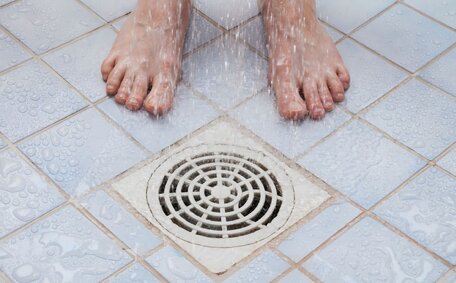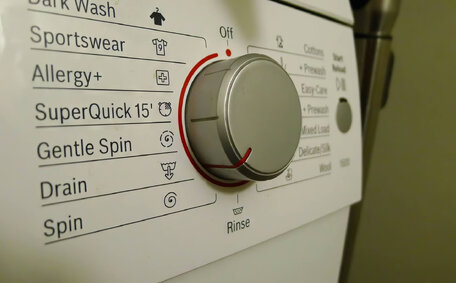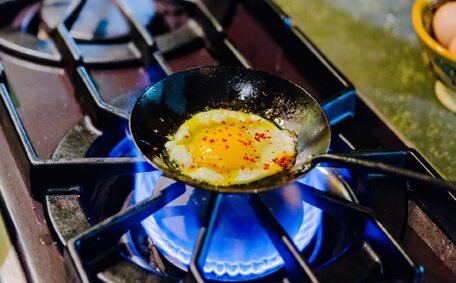
Baking Soda & Vinegar for Cleaning
Using baking soda & vinegar separately for cleaning is very effective; but mixing them dilutes their cleaning power. Learn how to use them properly.
Read MorePipe relining is a trenchless repair technique that enables comprehensive repairs beneath your yard or flooring without any excavation. The technique employed means we insert an epoxy resin liner into the existing pipe to seal cracks, restore structural integrity, and prevent further damage.
Consider pipe relining when your pipes show signs of damage from:
Pipe relining solutions are particularly effective for sewer drain systems, storm water networks, potable water channels, and the like. Relining effectively repairs various pipe segments, including joints, elbows, and straight runs, ensuring a successful drain pipe repair. A primary advantage of pipe relining is the liner’s capacity to bond to the host pipe’s interior, essentially creating a 'new’ pipe internally.
The benefits of relining your existing pipes rather than opting for traditional pipe replacement include:
Using CCTV drain camera technology, our team assesses damage and can reline your pipes with compact liners to effectively shield and prevent future damage to your drain pipes. Our team employs various pipe relining methods for effective drain repair, presenting a solid year guarantee and, under certain conditions, can address even blocked drains 75mm across and larger, including partially collapsed sections.
Understanding the costs involved in pipe relining is crucial to ascertain its practicality and feasibility for your specific situation. Our plumbers follow a set of professional and methodical steps:
Our team specialises in relining your sewer lines, which includes both sewer pipe and stormwater pipe systems, using precise measurements and diagrams to correctly assess your drainage system layout. We offer a comprehensive cost estimate, determining the suitability of our solutions for your system as a whole or specific sections in need of repair. We outline the expected lifespan and determine the cost of your pipe issues, providing fixed quotes to help you understand the overall cost of pipe relining for your consideration.
Pipe relining restores your pipework’s integrity without the extensive costs and disruptions associated with trench excavation. The resin moulds locks firmly within the host pipe to prevent infiltration for 50+ years.
Pipe relining can restore the integrity of various types of pipes without invasive procedures, including:
The liner forms an exceptionally strong bond within sewer lines and other durable materials. The flexibility and strength of high-grade epoxy resins have been crucial in sewer pipe relining, even for partially collapsed sections, by expanding and setting inside the damaged walls of your pipe.
Our team determines the feasibility of relining after detailed pipe assessments, exploring available options. We provide guidance on expected longevity, we offer warranties, and present comparative cost estimates for consideration alongside traditional replacement methods.
Pipe relining delivers numerous advantages when compared with pipe replacement:
Pipe relining worth considering is a proven long-term, non-disruptive, and cost-effective solution. Our expertise in providing pipe relining services across Sydney ensures results that exceed quality expectations, validating the value of the investment.
We recommend properly installed relined pipes for their highly durable lifespan extending over 50 years. The flexible resin liner can also bond securely within the host pipe to restore structural integrity, prevent future root damage, resist corrosion and eliminate leaks.
Several key factors determine longevity of a relined pipe:
While seamless PVC or HDPE pipes also last up to 50 years, relining provides superior root intrusion prevention. With quality materials and professional installation, relined pipes will reliably serve your property for 50+ years. We thoroughly guarantee our trenchless pipe relining work.
Pipe relining uses eco-friendly epoxy resin materials for your sewer system maintenance. The resins contain no volatile organic compounds (VOCs) and do not release any toxic substances during or after installation.
Liners are cured with techniques such as UV light, hot water, or air pressure, bypassing the need for hazardous chemicals. There is no risk of soil or water contamination if small resin quantities spill during inflation procedures.
The sleek epoxy lining prevents debris accumulation, ensuring an unobstructed flow of wastewater through your plumbing system. Relining enables pipes under your house to remain underground, minimising landfill waste compared to replacing entire pipelines.
Pipe relining exemplifies sustainable, non-toxic plumbing practices. We responsibly dispose of any used materials. The long-term durability of liners also conserves resources over time compared to repeatedly replacing worn pipelines.
Certain signs may indicate the need for a professional plumber to assess potential damage to your pipes:
For more information or to schedule a pipe inspection, contact our team at Lilyfield Plumbing on 1300 349 338.
We use high-resolution CCTV cameras to thoroughly assess damage and advise if trenchless relining is the best repair approach. We provide quotes for the optimal pipe relining and replacement options if required.
With over 30 years of excellence in Sydney’s plumbing services, we specialise in diagnosing the full scope of pipe damage to present the optimal solution for your scenario.
Using baking soda & vinegar separately for cleaning is very effective; but mixing them dilutes their cleaning power. Learn how to use them properly.
Read MoreBlocked drains are usually caused by buildup of hair, grease, debris and more in your pipes. Fix the problem with professional drain unblocking services to get your drains flowing freely again. Contact us for affordable drain unblocking.
Read MoreWhen you suspect a gas leak or damaged gas line, contact a licensed gas fitter immediately to locate and repair it. A gas line repair involves sealing leaks, replacing corroded or damaged pipes and testing all connections for safety before restoring gas supply.
Read MoreLilyfield, 2040 NSW
We will call back as soon as possible.




